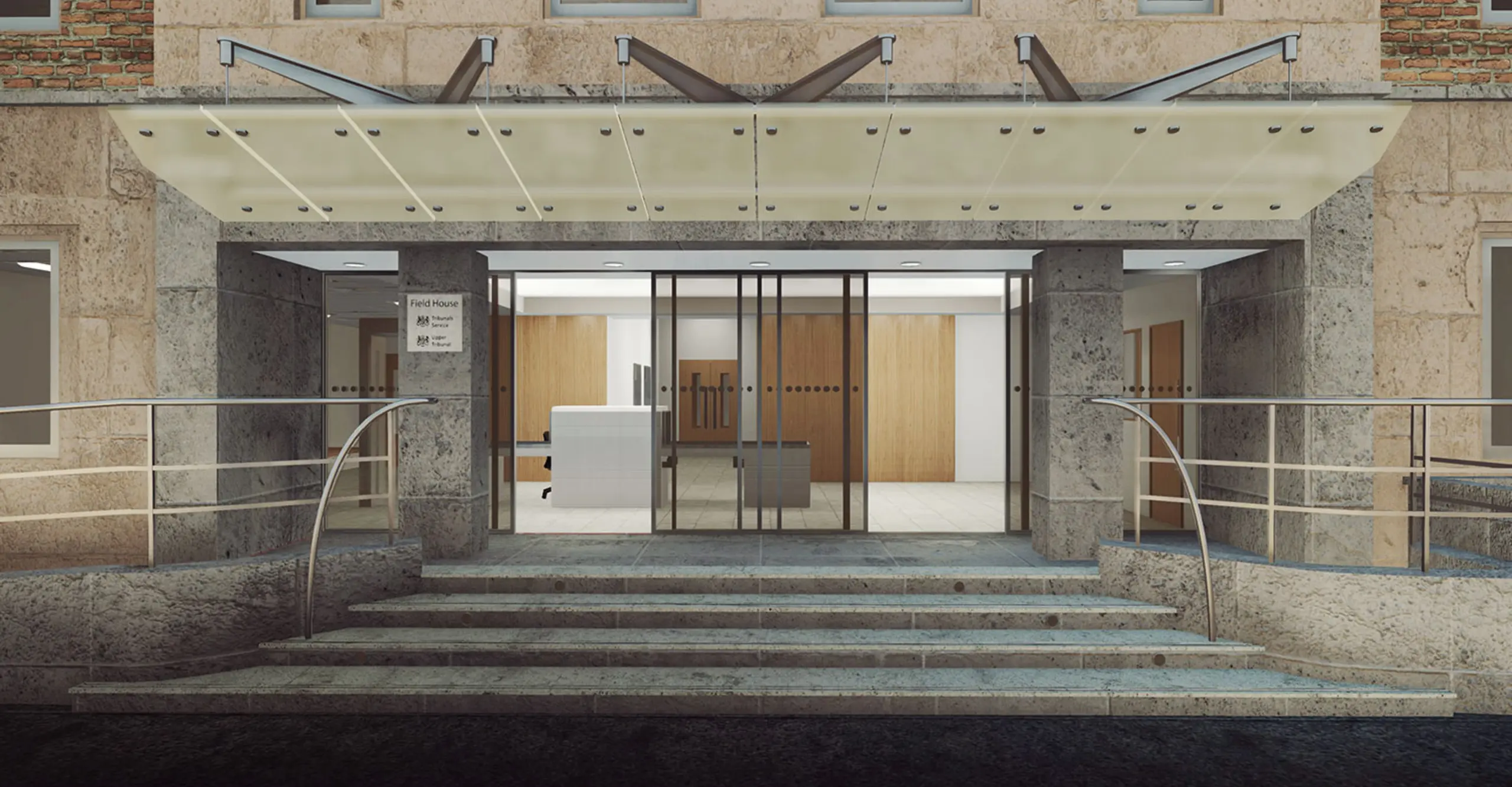…just as these image-making technologies structure our perception of the world, they can also allow us to see inside places and processes that would otherwise remain invisible.
Jame Bridle - What they don’t want you to see: the hidden world of UK deportation, The Guardian, 2015
Seamless Transitions is a new commission by London based artist, writer and technologist James Bridle. His work engages with the invisible yet pervasive technologies that we encounter every day. Utilising a variety of platforms from software to social media, photography and installations, Bridle explores how technology both affects culture and reproduces and shapes political power.
In 2013 Bridle began collating witness accounts, planning applications and open source information as investigative means into the immigration and detention system. Working in collaboration with leading architectural visualisation company Picture Plane, 3D tours of three key sites have been created: Harmondsworth Immigration Removal Centre at Heathrow; the Special Immigration Appeals Commission in the City of London, whose design is informed by the need to present evidence in secret; and the Inflite Jet Centre at Stansted Airport, a private terminal used after hours by the Home Office to deport rejected migrants.
Through this project, Bridle aims to shed light on the legal procedures and physical architecture of immigration and detention facilities, while provoking debates about nationality and citizenship at a point where these have become defining issues of our time.
Biography
James Bridle is a writer and artist based in London. His artworks and installations have been exhibited in Europe, North and South America, Asia and Australia, and have been viewed by hundreds of thousands visitors online.
He has been commissioned by organisations including Artangel, the Hayward Gallery, the Istanbul Design Biennial and the Corcoran Gallery, Washington DC, and been honoured by Ars Electronica and the Japan Media Festival, and shortlisted for the Future Generation Art Prize 2014.
In 2011, he coined the term “New Aesthetic”, and his ongoing research around this subject has been featured and discussed worldwide. He writes regularly for the Observer and many other publications, on technology, literature and culture, and speaks at events worldwide.




